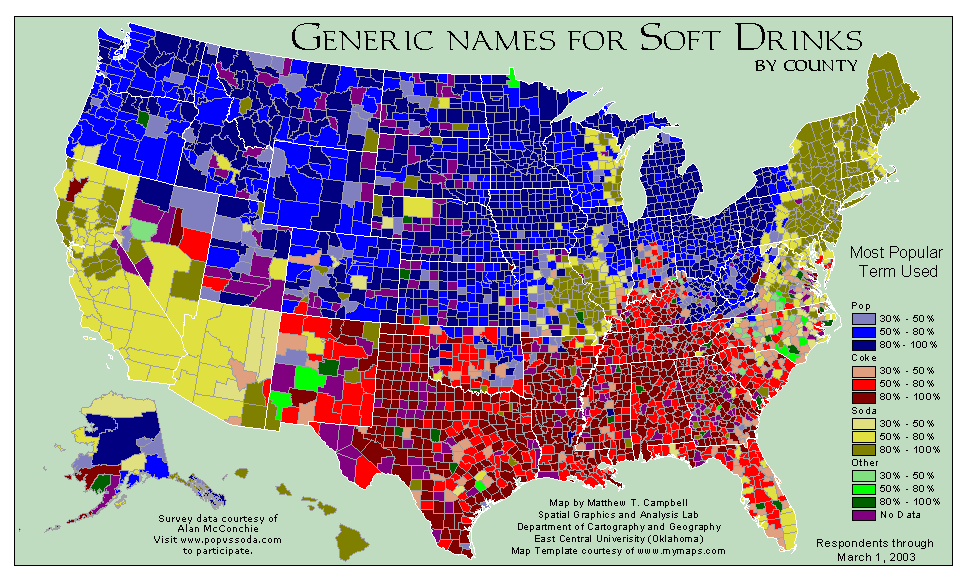Amazon has just presented new Kindles!
Most people will be focused on the Kindle Fire - a 7-inch, color touch screen device with an 8-hour battery primarily used for Amazon eBooks, music, movies, TV shows and apps, all for $200. Amazon will sell a lot of these, and it looks great. However, I'm not expecting to buy one, for the same reason I didn't buy an iPad 2: my original iPad still gets the job done just fine. However, if you're looking to by a tablet, this looks like a worthy contender.
I'm far more interested in the new e-Ink Kindles. The new base Kindle (non-touch) is available for just $79, and is available today. At that price, this is going to be a huge seller at Christmas. However, I'd probably get the reduced-price $99 Kindle Keyboard if I was going that route.
The Kindle Touch is the product I'm interested in. Amazon has ditched the old hardware keyboard and is using a system of infrared sensors to enable a touch-screen interface. This is the same system the Barnes and Noble Nook Simple Touch uses, and worked even better than I expected when I test-drove a Nook at the local B&N last night. I'm on the fence as to whether I want the 3G version or not. It's an extra $50, and with a little forethought probably wouldn't be that necessary. But when I'm traveling, having that free, world-wide 3G connection sure is appealing, especially with the experimental web browser built into the Kindle.
A few caveats: the Kindles don't come with covers or chargers, just a USB cable. Not having a cover included is a downer, but who really needs another USB wall wart? Also, the pricing: the advertised prices for the e-Ink Kindles are all for the ad-subsidized versions. If you don't want ads on your sleep screen, it'll cost an extra forty bucks. On the other hand, all the ads to-date have looked pretty attractive. I might be willing to put up with them.
All in all, it's a pretty decent upgrade. The screens appear to be the same component used in the previous generation, with the new IR touch sensors embedded in the bezel. I still think the Kindle Keyboard is more attractive, both in color and form. But it may be about time to retire my venerable first-generation Kindle.
 |
| The 1st generation Kindle. |



